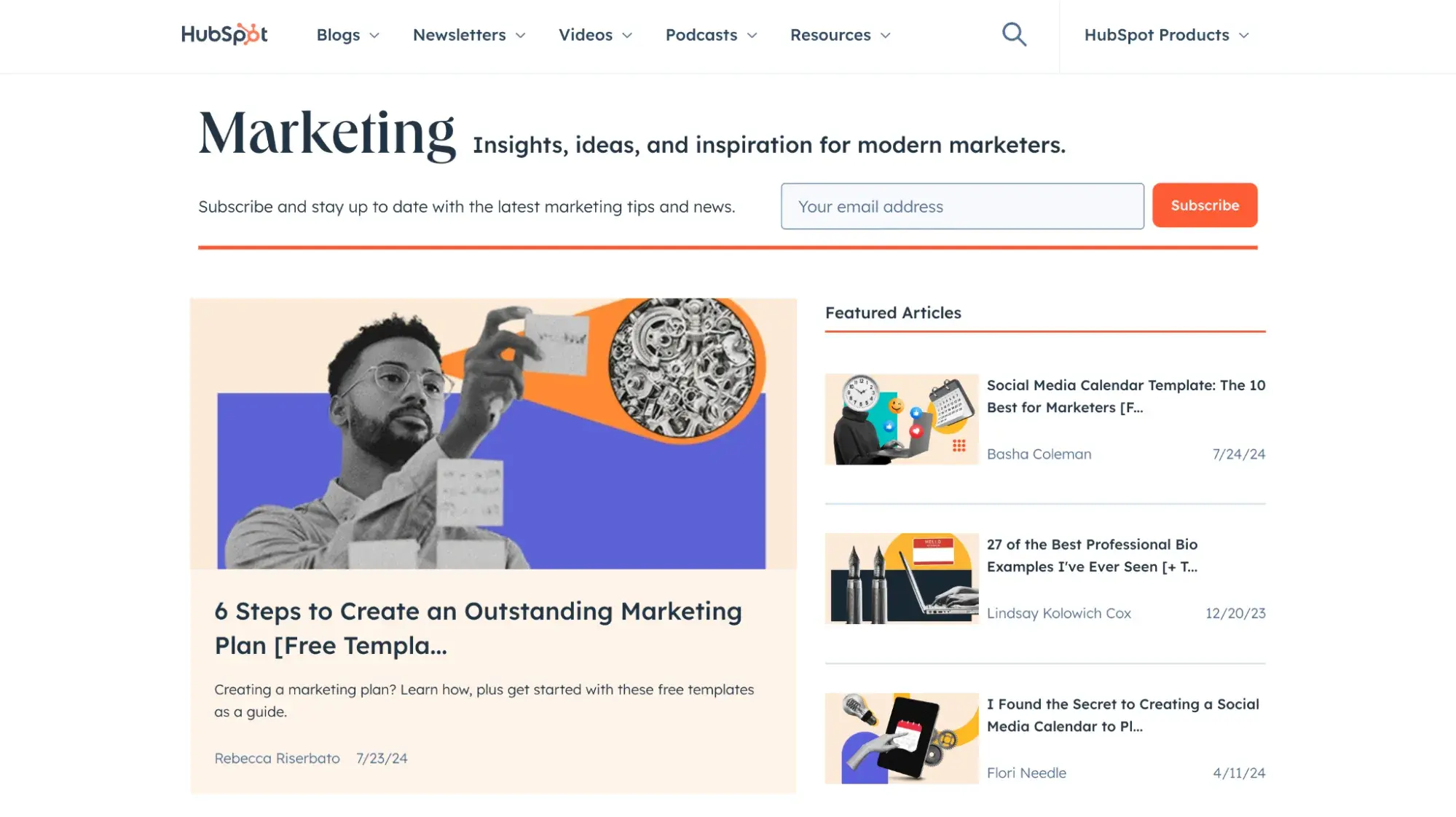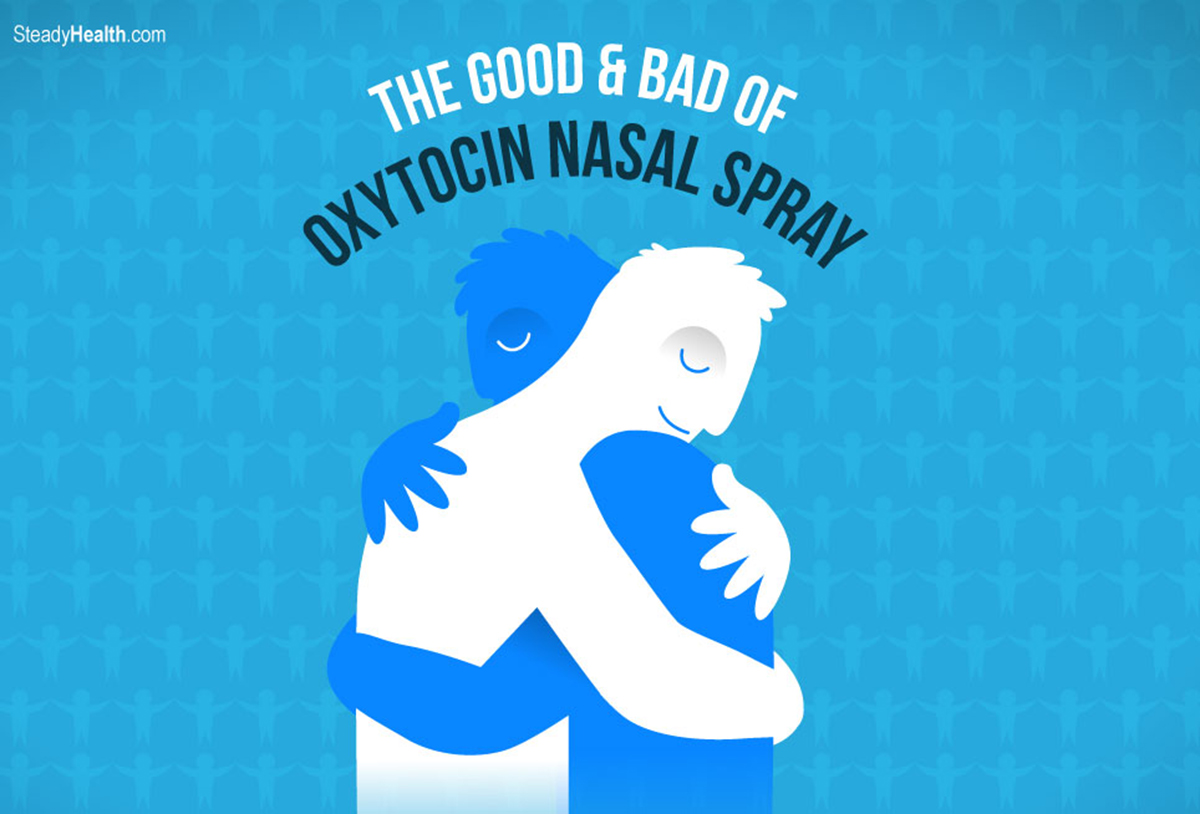Discover Pandipedia
Pandipedia is the world's first encyclopaedia of machine generated content approved by humans. You can contribute by simply searching and clicking/tapping on "Add To Pandipedia" in the answer you like. Learn More
Expand the world's knowledge as you search and help others. Go you!
Creating a marketing plan is a fundamental process that guides businesses in achieving their goals by clearly defining their target audience, strategies, and the actions needed to engage them effectively. Below are the essential steps based on various sources that provide comprehensive insights into the marketing planning process.
1. Conduct Market Research

Before drafting your marketing plan, it is crucial to gather detailed market insights. Conducting thorough market research involves understanding the target audience, competitors, and overall market dynamics. This stage includes evaluating demographics, behavior patterns, and preferences of potential customers, which helps you tailor your marketing strategy to meet their needs. Surveys, focus groups, and competitive analysis can provide valuable qualitative and quantitative data to inform your strategy[5][7].
2. Define Your Target Market

Once you've gathered data, the next step is to define your target market. This involves segmenting your audience into groups that share common characteristics or needs. Creating buyer personas, which are detailed profiles of your ideal customers, can enhance this process. These personas should include demographic information, interests, and specific pain points your product or service addresses[4][6].
3. Perform a SWOT Analysis

A SWOT analysis (Strengths, Weaknesses, Opportunities, Threats) is a vital part of your marketing plan. This analytical tool helps in identifying the internal and external factors affecting your business. List out what your company excels at (strengths), where it lacks (weaknesses), potential areas for growth (opportunities), and external challenges (threats) present in the marketplace. A comprehensive SWOT analysis provides a foundation for strategic decision-making[4][7].
4. Set SMART Goals

With a clear understanding of your market and internal capabilities, establish SMART goals. These objectives should be Specific, Measurable, Achievable, Relevant, and Time-bound. For instance, instead of simply aiming to 'increase brand awareness,' a SMART goal would articulate that you 'aim to achieve a 25% increase in brand awareness as measured by social media engagements and mentions over the next six months'[4][5][6].
5. Establish your Unique Selling Proposition (USP)

Identifying your Unique Selling Proposition (USP) is crucial for differentiating your brand from competitors. Your USP describes what makes your product or service unique and why customers should choose you over others. Clearly articulating your USP can help you shape your messaging and branding strategies effectively[5][6].
6. Choose Marketing Strategies and Tactics

This step involves deciding on the marketing strategies and tactics you will employ to achieve your goals. Consider which channels (digital, print, social media, etc.) will be most effective for reaching your target audience. Each tactic should align with your overall strategy and reflect your brand’s tone and messaging. Examples of strategies may include content marketing, influencer marketing, SEO, and email campaigns[6][6][7].
7. Develop a Budget

Next, allocate a budget that aligns with your marketing strategies and goals. Outline expected costs associated with various marketing initiatives, including advertising, content creation, agency fees, and technology tools. Keeping track of expenditures and ensuring they fit within your overall budget is critical for sustaining your marketing initiatives[7].
8. Create a Timeline and Action Plan

Develop a timeline for when each part of your marketing plan will be executed. This includes setting deadlines for completing specific tasks, launching campaigns, and reviewing progress. An action plan clarifies responsibilities within your team, ensuring that all aspects of the marketing plan are executed on time and effectively[6][7].
9. Monitor and Evaluate
Finally, after implementation, continuously monitor the performance of your marketing strategies against the goals set in the initial stages. Use analytics and key performance indicators (KPIs) to assess effectiveness and make necessary adjustments. Regular evaluations will help you stay aligned with your market and organizational goals, allowing you to refine your tactics for better results over time[6][7].
Conclusion
These steps form a comprehensive framework for creating an efficient marketing plan. By grounding your strategies in thorough research, setting clear objectives, and being adaptable in your approach, you can guide your marketing efforts toward achieving your business goals and establishing a strong market presence.
Let's look at alternatives:
- Modify the query.
- Start a new thread.
- Remove sources (if manually added).
- Request a manual search from our human research team.

As the cybersecurity landscape evolves, nations are increasingly confronted with sophisticated attacks that threaten national security, public safety, and economic stability. Responses to recent cybersecurity threats highlight a trend towards enhanced collaboration, regulatory reforms, and the implementation of innovative technologies to bolster defenses.
Growing Awareness and Strategic Reforms
Countries are beginning to recognize the critical need for a unified approach to cybersecurity. A report by the World Economic Forum emphasizes that while there is an increased focus on addressing cyber threats globally, the stark divide between cyber-resilient organizations and those struggling to maintain minimum viable cybersecurity is a significant risk. The report reveals that the number of organizations that meet basic cyber resilience standards has declined by 30% compared to previous years, indicating a pressing need for reform and support, particularly for small and medium enterprises (SMEs) that have shown significant declines in their cybersecurity capabilities[1][4].
The U.S. National Cyber Director's 2024 report articulated a commitment to shift cybersecurity responsibilities from end users to more capable public and private actors, advocating for long-term investments in resilience[8]. This aligns with a broader trend where nations aim to enhance their national cybersecurity strategies through coordinated actions, ensuring that organizations incorporate cybersecurity into their risk management frameworks effectively.
International Collaboration and Capacity Building

International cooperation is considered critical in the response to cyber threats. The World Economic Forum notes that external partners often serve as both assets and vulnerabilities for organizations, with 41% of surveyed entities reporting incidents where third parties were the source of breaches[4]. Recognizing this interdependence, many countries are actively pursuing collaborative frameworks to improve cyber resilience across industries. The ITU's Global Cybersecurity Index highlights that countries are increasingly enhancing legal frameworks and cooperation mechanisms to manage cybersecurity threats, with many establishing active Computer Incident Response Teams (CIRTs) to streamline responses[6].
Simultaneously, the United Nations has called for a unified approach to cyber diplomacy, reinforcing the need for consensus on international norms governing state behavior in cyberspace. UN Secretary-General António Guterres has urged nations to ensure that the rule of law prevails in the digital realm, akin to the physical world, addressing the challenges of cyber threats in maintaining international peace and security[7]. This emphasizes a cooperative and multifaceted approach to evolving cyber challenges.
Legal and Regulatory Enhancements

Countries have also focused on strengthening cybersecurity laws and regulations. The Global Cybersecurity Index highlights meaningful improvements in countries’ legal frameworks, with 177 nations implementing personal data protection and privacy regulations[6]. Enhancing regulatory measures serves to establish clear guidelines for organizations, ensuring they adhere to best practices and are capable of responding effectively to cyber incidents.
In the U.S., significant strides have been made in aligning cybersecurity initiatives with broader national security strategies through the National Cybersecurity Strategy Implementation Plan. The focus is on ensuring better protection for critical infrastructure, which remains a significant target for cybercriminals[8]. Furthermore, there is an urgent need for nations to foster robust cyber insurance markets to counteract the financial fallout from cyber incidents, particularly for those less capable of managing such risks independently.
Proactive Measures and Technological Innovations
Notably, the evolution of emerging technologies such as artificial intelligence and machine learning plays a double-edged role in cybersecurity. While these technologies present new avenues for cybercriminals—exemplified by increasing instances of AI-enabled attacks—there is also widespread acknowledgment of their potential to enhance security measures. A report indicates that fewer than 10% of respondents believe that generative AI will be favorable to defenders in the next two years, signaling the challenges ahead[4][8].
To tackle the expanding threat landscape, organizations are encouraged to adopt proactive monitoring strategies, focus on anomaly detection, and prioritize robust incident response plans. CybExer highlights that future defenses must encompass comprehensive anomaly detection across entire networks rather than mere anticipatory measures for specific threats[3]. This is indicative of a shift towards a more holistic understanding of cybersecurity in the face of rapidly evolving attack vectors, particularly as the line between state-sponsored and non-state threats continues to blur.
Conclusion
In conclusion, nations are actively evolving their responses to recent cybersecurity attacks through enhanced awareness, international collaboration, legal reform, and the integration of advanced technologies. The landscape remains complex, but there is a clear push towards a more resilient cyber ecosystem that balances the risks of emerging technologies with the need for robust defenses. Through these concerted efforts, countries aim to safeguard their digital infrastructures against a backdrop of increasingly sophisticated cyber threats.
Let's look at alternatives:
- Modify the query.
- Start a new thread.
- Remove sources (if manually added).
- Request a manual search from our human research team.
Get more accurate answers with Super Search, upload files, personalised discovery feed, save searches and contribute to the PandiPedia.
Let's look at alternatives:
- Modify the query.
- Start a new thread.
- Remove sources (if manually added).
- Request a manual search from our human research team.

Utilitarianism is a family of normative ethical theories that prescribe actions aimed at maximizing happiness and well-being for the affected individuals. The core principle of utilitarianism is to ensure 'the greatest good for the greatest number.' This approach is a version of consequentialism, which posits that the consequences of any action are the only standard of right and wrong. Utilitarianism considers the interests of all humanity or all sentient beings equally, unlike other forms of consequentialism that may prioritize individual interests. Proponents of utilitarianism have different interpretations regarding whether actions should focus solely on their likely results (act utilitarianism) or on adhering to rules that maximize utility (rule utilitarianism)[1].
Let's look at alternatives:
- Modify the query.
- Start a new thread.
- Remove sources (if manually added).
- Request a manual search from our human research team.

Innovations enhancing mental health accessibility include the rise of mental health applications that provide various tools for support, such as online therapy, mood monitoring, and mindfulness practices. These apps offer services that make mental health resources more accessible, straightforward, and affordable, particularly for underserved communities where access to professionals is limited[1].
Additionally, community and peer support features are becoming significant in these applications. They create secure spaces for users to share experiences, fostering connection and support among individuals facing similar challenges[1]. This collaborative approach helps reduce the feeling of isolation and encourages healing through shared experiences.
Let's look at alternatives:
- Modify the query.
- Start a new thread.
- Remove sources (if manually added).
- Request a manual search from our human research team.
Let's look at alternatives:
- Modify the query.
- Start a new thread.
- Remove sources (if manually added).
- Request a manual search from our human research team.
Get more accurate answers with Super Search, upload files, personalised discovery feed, save searches and contribute to the PandiPedia.

The pleasure of satisfaction is triggered by the brain's reward system, primarily through the release of dopamine, a neurotransmitter involved in reinforcing pleasurable behaviors. Activities that bring pleasure, such as eating good food or engaging in social interactions, stimulate the release of dopamine, creating a feeling of enjoyment and motivation to repeat those behaviors[2][5][6].
Additionally, regions like the nucleus accumbens and orbitofrontal cortex play key roles in processing these rewarding experiences, linking sensory input to emotional responses. The effectiveness of these brain circuits ensures that a pleasurable experience leads to reinforcement and the desire to engage in similar activities again[4][6].
Let's look at alternatives:
- Modify the query.
- Start a new thread.
- Remove sources (if manually added).
- Request a manual search from our human research team.

Prabhakar Raghavan is the head of search at Google. He oversees not only Google Search but also several other divisions, including Maps, Waze, Google Assistant (which encompasses Bard), the Shopping team, the Payments team, and the Ads team. He has been the head of Google Ads since 2018 and has led both Google Ads and Google Search since 2020. Eric Lehman highlighted Raghavan's involvement in a presentation of MUM to him during that period[1][2].
Let's look at alternatives:
- Modify the query.
- Start a new thread.
- Remove sources (if manually added).
- Request a manual search from our human research team.

Air purifiers offer various benefits, such as improving indoor air quality by capturing airborne pollutants like dust, smoke, allergens, and pet dander, which can alleviate allergy and asthma symptoms[1][4][6]. They may also help reduce unpleasant odors and harmful chemicals, contributing to a healthier living environment[4][6].
However, there are drawbacks, including the initial cost and ongoing maintenance for filter replacements[1][4]. Some models can generate noise and may produce ozone, which can worsen respiratory conditions, particularly in older units[3][4]. Additionally, air purifiers might not eliminate all pollutants, particularly gaseous ones, so it's essential to set realistic expectations[3][4].
Let's look at alternatives:
- Modify the query.
- Start a new thread.
- Remove sources (if manually added).
- Request a manual search from our human research team.
Oxytocin, often referred to as the 'love hormone,' has gained attention for its potential therapeutic effects, particularly when delivered via a nasal spray. This report synthesizes current research into the benefits and drawbacks associated with the use of oxytocin nasal spray.
Potential Benefits
Improvements in Social Interaction

The administration of oxytocin nasal spray has been linked to enhancements in social behaviors. Studies indicate that oxytocin can facilitate trust, bonding, and empathy, which are crucial for interpersonal relationships. For instance, it has been found to increase positive social interactions, helping individuals become more generous and willing to trust others, even strangers[3][4]. This hormone may also promote fidelity within monogamous relationships by reducing attraction to others[1].
Therapeutic Effects in Specific Populations
There is some evidence suggesting oxytocin's effectiveness in treating social deficiencies, particularly in children with autism. Studies have shown that young children receiving oxytocin demonstrated significant improvements in social responsiveness after treatment[1][2]. Furthermore, it has been noted that children with lower baseline oxytocin levels may benefit the most from the nasal spray[7].
Stress and Anxiety Reduction
Oxytocin nasal spray may possess anxiolytic properties, potentially reducing anxiety and stress levels during social interactions. Some studies revealed that it helps in decreasing defensive behaviors associated with anxiety, thus fostering a more positive communication atmosphere, especially in romantic relationships[4][5]. The spray’s effects on stress reduction have been primarily noted in couples during conflicts, leading to improved communication dynamics[4].
Neurocognitive Enhancements
The nasal spray may improve social cognitive abilities by facilitating the recognition and processing of social cues. Research shows that oxytocin enhances attention toward social stimuli, thereby increasing the ability to correctly appraise social contexts and emotional expressions[3][6]. This action may be particularly beneficial for individuals experiencing social cognition deficits due to conditions like autism or PTSD[11].
Overall Safety Profile
Initial findings indicate that oxytocin nasal spray does not have a significant number of adverse effects when compared to placebo treatments in clinical settings[5][3]. This relative safety profile can make it an attractive alternative to traditional medications for mental health issues, which often come with a broader range of side effects[3].
Drawbacks and Concerns
Variable Individual Responses
One of the significant drawbacks of oxytocin nasal spray is the variability in response among individuals. The effects of oxytocin can differ markedly from one person to another, influenced by personality traits and situational variables. In some instances, the administration of oxytocin has been associated with negative behaviors such as increased envy or reduced cooperation[4][1]. This variability complicates the predictability of treatment outcomes.
Limited and Inconsistent Research
While preliminary studies suggest benefits, extensive research on oxytocin's efficacy is limited, and findings can be inconsistent. Many studies tend to focus on specific conditions like social anxiety or postpartum depression, which may not encompass a wider range of anxiety disorders or psychiatric conditions[3][5]. Additionally, some investigations report minimal or no significant benefits, emphasizing the need for more robust and comprehensive clinical trials to establish definitive efficacy[3][11].
Short-Term Effects and Methodological Issues
Research often focuses on the acute effects of a single-dose administration of oxytocin, leading to concerns that long-term benefits may be limited or non-existent. Studies have also revealed problems with methodological designs, such as small sample sizes and reliance on subjective measures of social responsiveness, which may skew results and affect reproducibility[2][3].
Possible Negative Social Effects
Emerging literature suggests that oxytocin could inadvertently cause adverse outcomes in certain contexts. For example, it has the potential to decrease the ability to identify risks in trusting relationships, which could lead to negative interpersonal dynamics if used without careful consideration[4][3]. Furthermore, there are reports suggesting that long-term use may cause impairments in behavioral patterns associated with social interactions in animal studies, raising concern for human applications[8].
Ethical Considerations
The administration of oxytocin nasal spray raises ethical questions regarding informed consent and autonomy, particularly in relationship dynamics. Individuals must independently agree to treatment without any coercion, as imbalances in autonomy could lead to misuse or unwanted pressure to engage in the treatment[4].
Conclusion

Oxytocin nasal spray holds promise as a therapeutic agent for enhancing social behavior and reducing anxiety, especially in specific populations such as children with autism. However, its variable effects, limited research foundation, and potential for adverse social consequences necessitate caution. More comprehensive studies are crucial to ascertain the long-term efficacy and safety of oxytocin nasal spray, while also addressing the ethical implications related to its use. As research progresses, the hope is that a clearer understanding of oxytocin’s effects will emerge, guiding its application in clinical practice.
Let's look at alternatives:
- Modify the query.
- Start a new thread.
- Remove sources (if manually added).
- Request a manual search from our human research team.